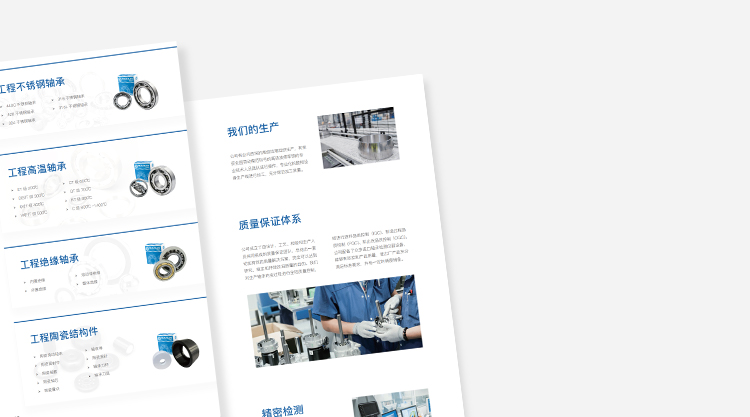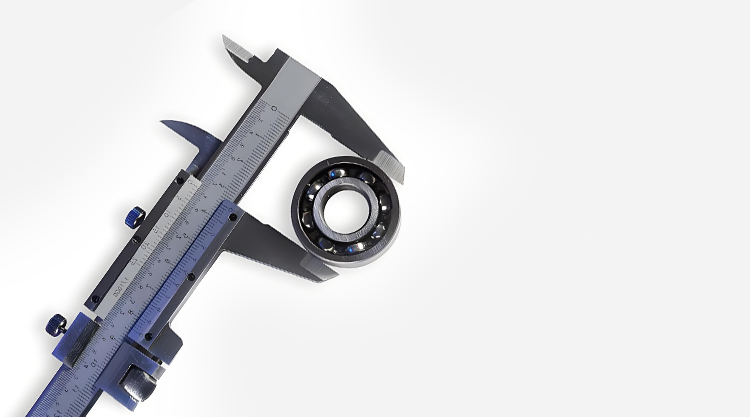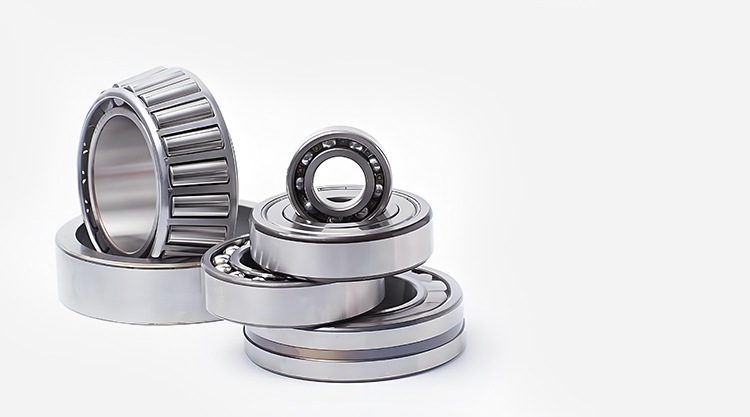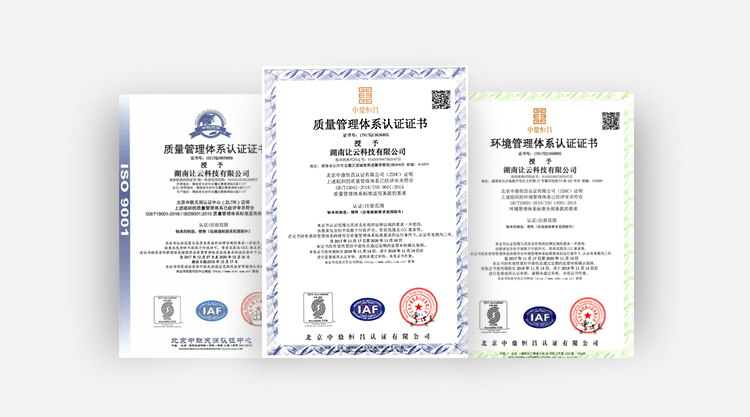CMP equipment/semiconductor equipment bearing usage environment and usage requirement
Chemical Mechanical Polishing (CMP) equipment is a key process tool in semiconductor manufacturing, used for global planarization of wafer surfaces. Its precision directly impacts chip yield and performance. As a core moving component in CMP systems, bearings operate under harsh conditions of high-speed rotation, high cleanliness, and high precision, placing extremely high demands on materials, lubrication, sealing, and dynamic performance.
I. Analysis of Bearing Operating Environment
High cleanliness requirements: Semiconductor manufacturing environments must meet Class 1~100 cleanroom standards. Bearings must avoid grease volatilization or metal particle contamination of wafer surfaces.
High-speed, high-precision motion: CMP polishing spindles typically rotate at 500~3000 RPM. Bearings must maintain extremely high rotational precision (≤0.1μm TIR) to ensure uniform wafer polishing.
Chemical corrosion and temperature rise: Polishing slurry (containing oxidants, abrasives, etc.) may infiltrate bearings and cause corrosion. Heat generated by high-speed friction must be effectively controlled to avoid thermal deformation affecting processing accuracy.
Complex loading conditions: During polishing, bearings must endure axial pressure (wafer downforce) and radial loads (polishing pad movement) while maintaining stable operation.
II. Technical Requirements for Bearings
Ultra-high precision and low vibration:
Bearings must meet P4/P2 grade ultra-precision standards, with raceway roundness error ≤0.05μm to minimize the impact of vibration on polishing uniformity.
Optimized cage design (such as crown cages or resin cages) reduces vibration and noise during high-speed operation.
Corrosion-resistant and low-contamination materials:
Preferably use stainless steel (440C, 316L) or ceramic (Si₃N₄) bearings to avoid metal ion contamination of wafers.
Surfaces are treated with special coatings (such as DLC diamond-like coatings) to enhance wear and corrosion resistance.
Special lubrication schemes:
Use perfluoropolyether (PFPE) lubricants or solid lubrication (e.g., MoS₂ coatings) to prevent grease volatilization and cleanroom contamination.
Some high-end systems use air bearings or magnetic levitation bearings to achieve non-contact, zero-contamination operation.
Sealing and protection technologies:
Adopt non-contact labyrinth seals or PTFE sealing rings to prevent slurry from entering the bearing interior.
Bearing housings should be designed with corrosion-resistant structures, such as anodized aluminum or stainless steel.
Long lifespan and reliability:
Bearings should have a service life of over 100,000 hours, with fatigue-optimized designs and strict heat treatment processes (e.g., vacuum quenching).
Some equipment is equipped with intelligent monitoring systems to detect bearing temperature and vibration in real-time, preventing unexpected failures.
III. Future Development Trends
As semiconductor processes move toward 3nm nodes and beyond, CMP equipment will impose even stricter requirements on bearings:
Smart bearings: Integrated sensors for real-time health monitoring and predictive maintenance.
New materials: Bearings made of silicon carbide (SiC), offering high strength, corrosion resistance, and low thermal expansion.
Dry bearing technologies: Reduce dependence on lubrication and further minimize contamination risks.
Conclusion
Bearings in CMP equipment must maintain excellent performance under challenges such as high speed, high cleanliness, and corrosion resistance. In the future, new materials, smart monitoring, and advanced lubrication technologies will be essential to meet the extreme demands of semiconductor manufacturing for precision and reliability.




